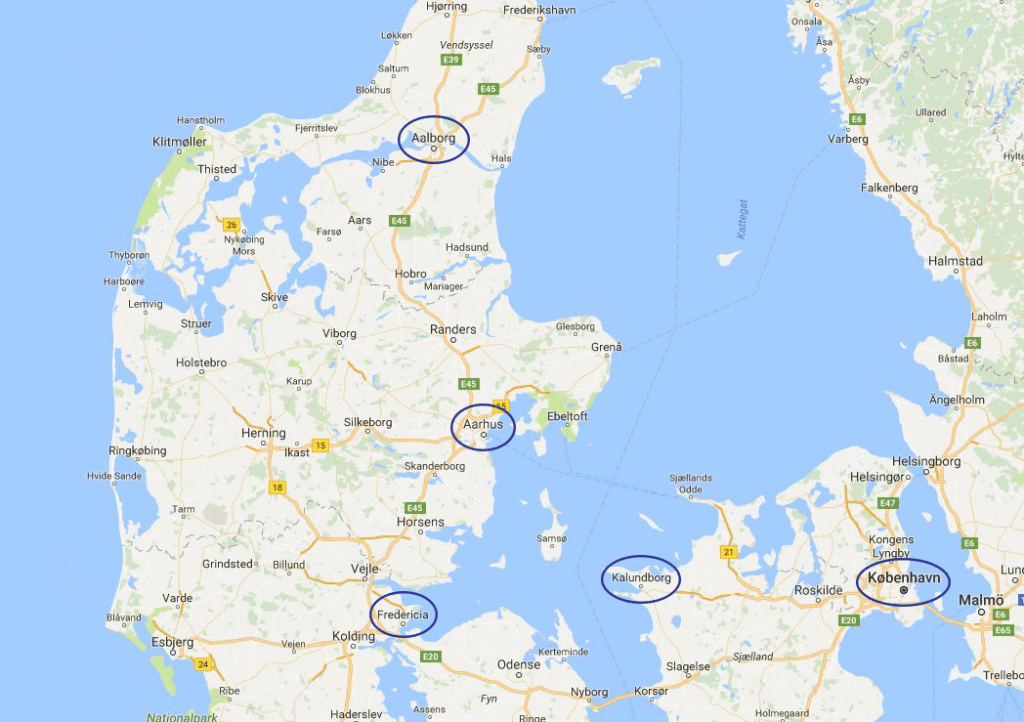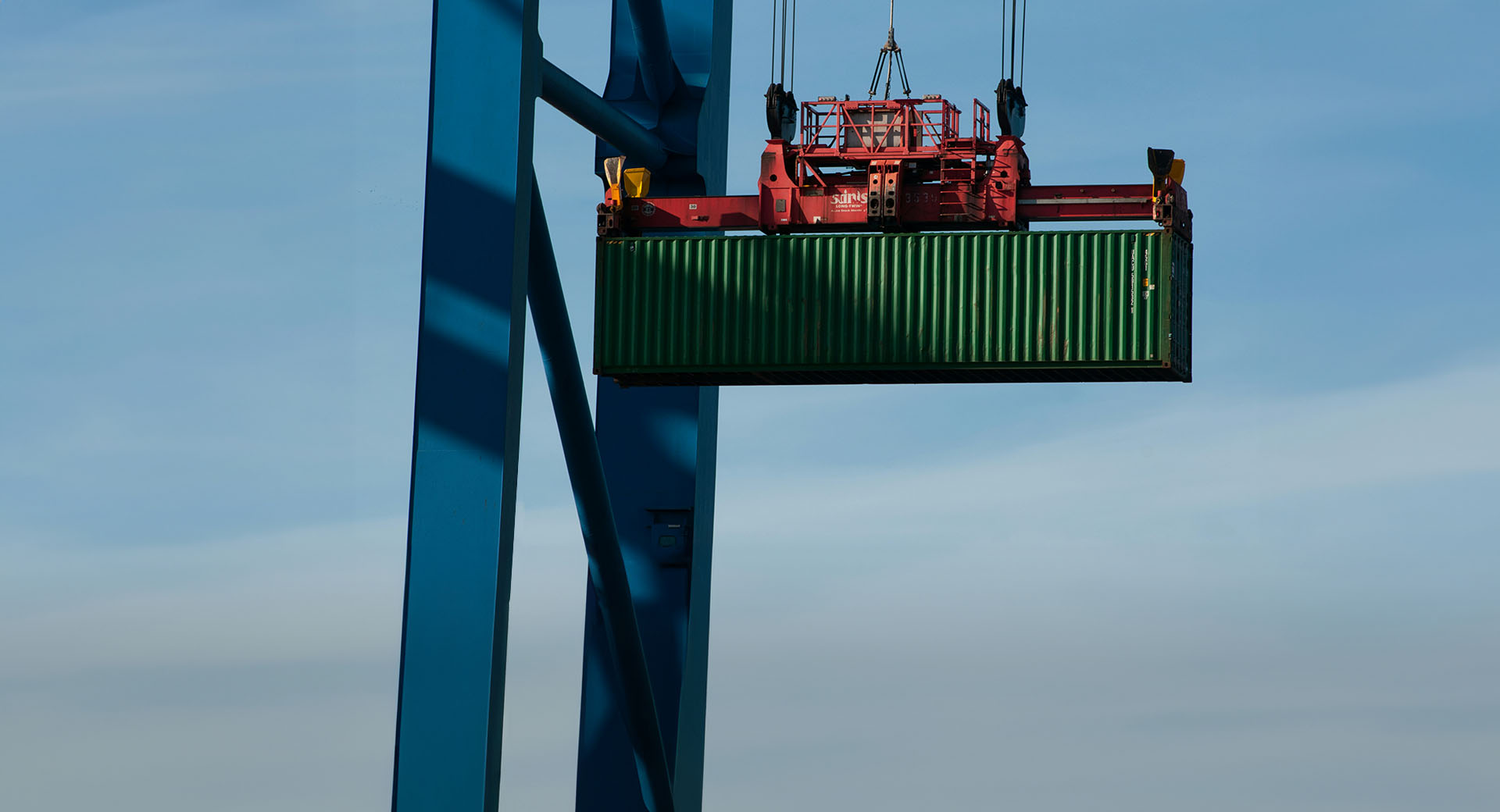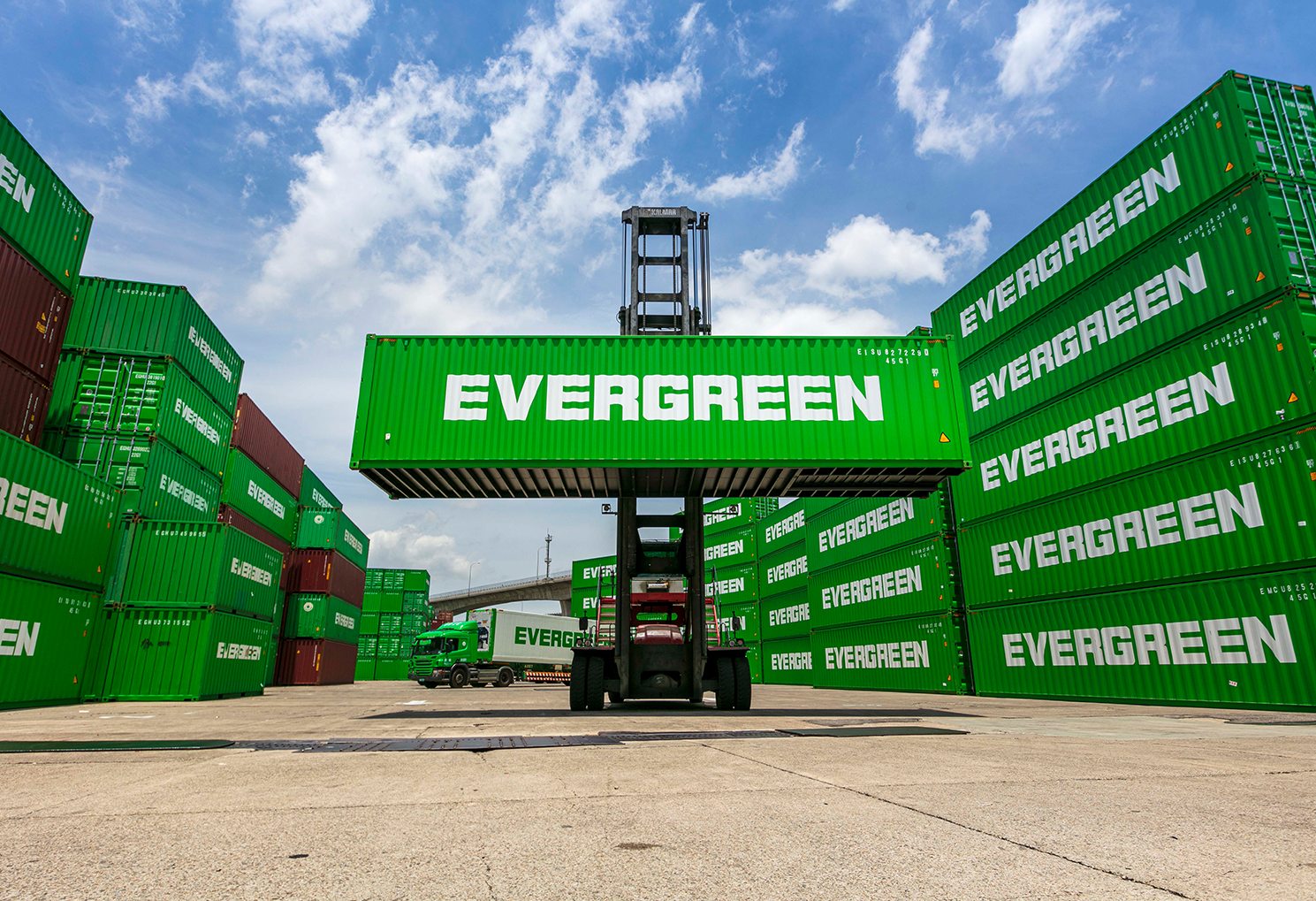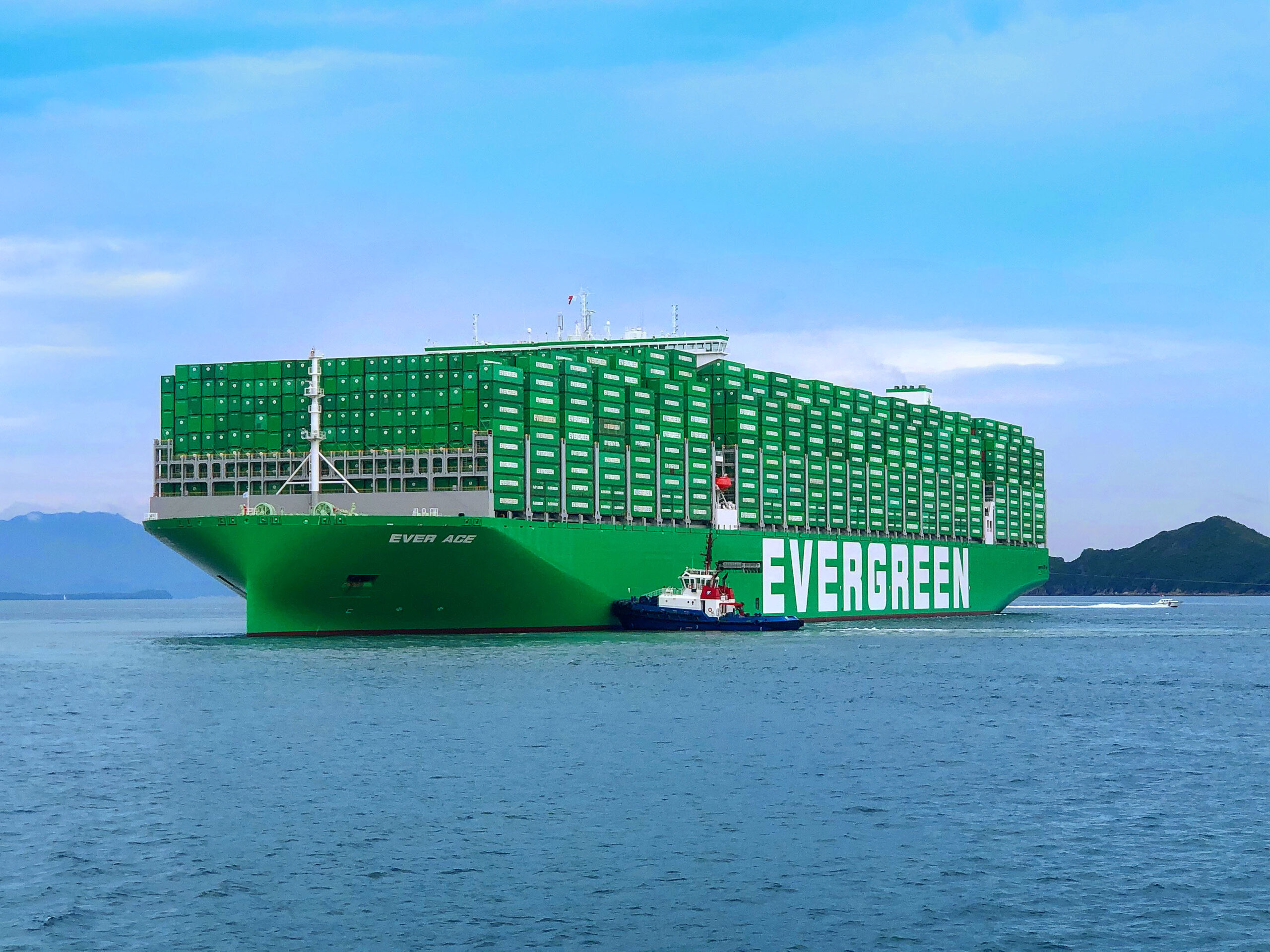Did you know that Greencarrier Liner Agency is one of very few carriers that offers services to and from all of the five largest feeder ports in Denmark? There are a lot of things to consider when deciding which feeder port is most suitable for your cargo. In this blog post, I will guide you through different ports, their advantages and moreover, how you can save time and money by choosing the right ones.
Feeder ports play an important role in the global container network
First of all, let us sort out the concept of feeder vessels and feeder ports. A feeder vessel is a vessel that “feeds” the large ocean vessels with containers. A feeder port is a port where the large ocean vessels normally don’t go. Partly because there are not enough containers to load onto a large ocean vessel or because the port is not large enough to handle the large ocean vessels. I will explain this more thoroughly by giving you an example:
There are no container vessels that sails every week directly from the port of Aalborg in Denmark to the port of Bangkok in Thailand. However, there are large container vessels, such as M/V THALASSA MANA with a capacity of 14.000 TEU(20’), that sails from Rotterdam in the Netherlands to Kaohsiung in Taiwan, every week. In order to feed the larger container vessels, smaller container vessels, such as M/V ICE RUNNER with a capacity of 441 TEU, transport containers from the port of Aalborg to the port of Rotterdam. A large container vessel like M/V THALASSA MANA only calls three ports in Europe (Hamburg, Rotterdam and Felixstowe) before it sets sails for the Far East. Therefore, feeder vessels are used to connect smaller container ports in the Scandinavia and the Baltic Sea, with larger container ports like Rotterdam, at the European Continent. Same praxis applies in Kaohsiung. Feeder ports and feeder vessels play a very important role in the worldwide transportation of containers. When a large container vessel like M/V THALASSA MANA arrives at Kaohsiung, the majority of the containers are unloaded, loaded onto a feeder vessel, and transported to the end destination, in this case Bangkok.
Things to consider when choosing feeder ports
When choosing feeder ports, there are many things to take into consideration. In Denmark, there are relatively many feeder ports in comparison to our geographic size. Five of the largest container ports in Denmark are Aarhus, Copenhagen, Fredericia, Aalborg and Kalundborg. Each port has its own advantages; size, flexibility, efficiency, number of weekly feeder departures, infrastructure, port facilities as well as solutions for stuffing and stripping containers. One important factor to take into consideration is the location of the port. By choosing the feeder port closest to your cargo, you can save a lot of money. In Jutland, Denmark there is only 130 kilometres from Aalborg in north to Aarhus located in the middle of the east coast of Jutland. Less than 100 kilometres south of Aarhus is the feeder port Fredericia located. By choosing the feeder port closest to your cargo, you can easily reduce trucking costs, sometimes by more than 50 percent!
Efficiency, infrastructure and road congestion surrounding the port
The efficiency in ports, infrastructure, and road congestion surrounding the ports also have a large impact on trucking costs. As an example, the island Zealand has two container ports: Copenhagen on the east coast, and Kalundborg on the west coast. The distance between the ports is about 110 kilometres. However, since the port of Copenhagen is located in Copenhagen City, traffic congestion affect the time spent to drive containers in and out of the port.
Therefore, it is possible to drive the 70-75 kilometres from the port of Kalundborg in the same time it takes to drive the 35-40 kilometres from the port of Copenhagen, meaning, the port of Kalundborg can cover a larger geographic area of Zealand by time and for less trucking costs compared with the port of Copenhagen. This clearly illustrates how important the infrastructure and road congestion surrounding the ports are, and how it can affect your trucking costs.
Freeports and postponed payment of taxes for imported cargo
The port of Copenhagen in Denmark is a freeport. A freeport can provide economical advantages for you as a cargo owner, especially when you import your cargo. When a port has the status freeport, it means in praxis that the cargo discharged doesn’t need to be cleared by customs immediately after arriving at the port. Most countries have local laws, which require that you must pay taxes for the cargo you have imported. The taxes charged can differ depending on type and the origin of the cargo. Importing cargo via a freeport doesn’t mean you don’t have to pay taxes for your cargo. However, you can postpone the payment until the cargo is physically transported from the port. Even though the taxes are only a few percent, depending on the cargo you import, it can easily add up to several thousands of EUR, which can have a large impact on your company’s cash flow.
Port efficiency and handling of goods
The port of Aarhus is by far the largest container port in Denmark. 456.652 TEU were handled in 2016 – an increase of almost three percent compared to 2015. The port of Aarhus is not just the largest container port in Denmark; it is also considered one of the most efficient container ports in Europe. By handling as much as 35 containers per hour, it has maintained its place in the top three for several years now. Besides high efficiency and good infrastructure to and from the port, it also offers a wide scope of services such as warehousing, stuffing and stripping of containers unstuffing, and railway transport.
Flexibility, agility, and port location
The port of Fredericia and the port of Aalborg, are perhaps not large by size, but they are very large in terms of being flexible, agile and close to the cargo owners in the local hinterland. The port of Fredericia has a unique advantage due to its location in the southern part of Jutland. This makes Fredericia the preferred feeder port for most goods coming in and out of the island of Funen as well as the southern part of Jutland. The port of Aalborg provides the same advantage with its location in the north of Jutland. Via two weekly feeder calls, the port of Aalborg offers you worldwide connection to the global network of container vessels. The port of Aalborg is also known for being the only port in the world offering container transport to Greenland!
We offer services to and from all the major feeder ports in Denmark
I hope this blog post gave you some useful information on how to save time and money by choosing the right feeder ports. Sometimes, having the right transport partner is the key! As the agent of Evergreen Line, Greencarrier Liner Agency in Denmark offers, as one of very few container carriers in Denmark, worldwide services to and from all the major feeder ports in Denmark: Aarhus, Copenhagen, Fredericia, Aalborg, and Kalundborg.

Would you like to know more? We are happy to help you with any enquiries and answer your questions. We love to share our knowledge and guide you to the most suitable shipping services. Don’t hesitate to contact me directly or visit our website!





